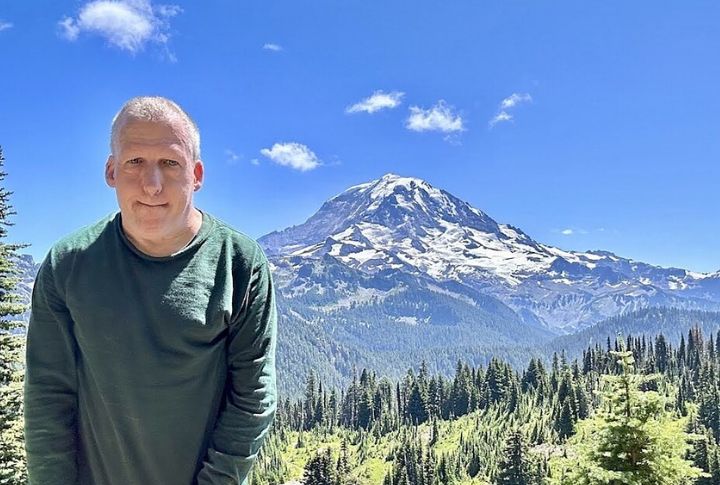
Mount Rainier can be sneaky. One day, a valley thrives with trees and settlements. The next, mud, ice, and rock rush through, leaving chaos behind. Strange clues buried in the debris reveal stories long forgotten, showing that even a silent mountain holds surprises for anyone willing to dig deeper. Step into history and explore the surprising twists Mount Rainier left behind.
It Was Triggered By A Massive Volcanic Flank Collapse
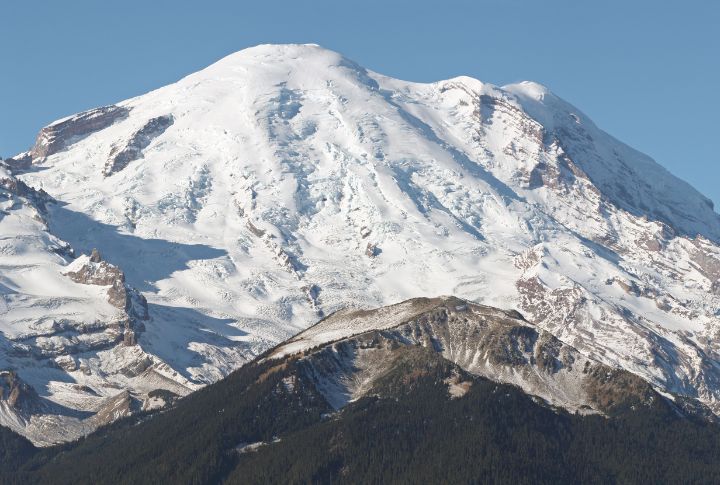
Mount Rainier never erupted in the traditional sense. Instead, the entire western flank of the mountain collapsed. Tears of ice and fractured rock tore free, and with a roar, a landslide surged forward, dragging nearly 260 million cubic meters of debris downhill. Scientists call it a “cold” lahar, fueled by mud and rubble rather than heat.
It Happened Around The Year 1500 Without Warning
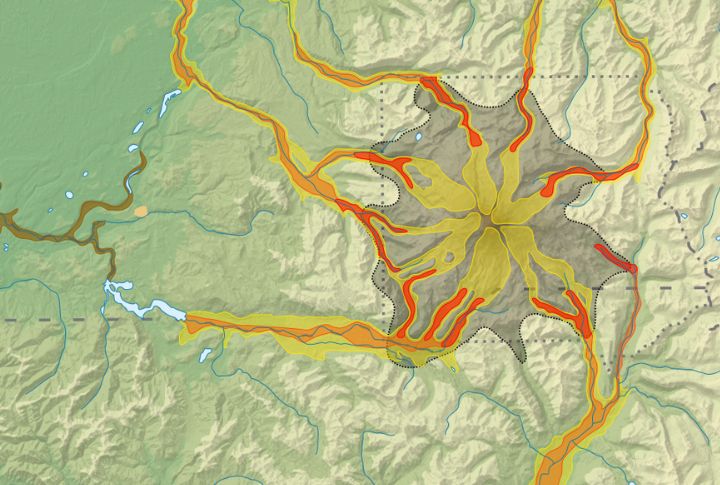
The Electron Mudflow struck around the year 1500, with no recorded eruption or written account to mark its arrival. Based on radiocarbon dating of buried trees, that timeline holds firm. Most likely, it hit without warning and buried a prehistoric settlement within minutes. However, some trees still stand upright, preserved in mud.
Modern Orting, WA, Sits Right On Top Of It
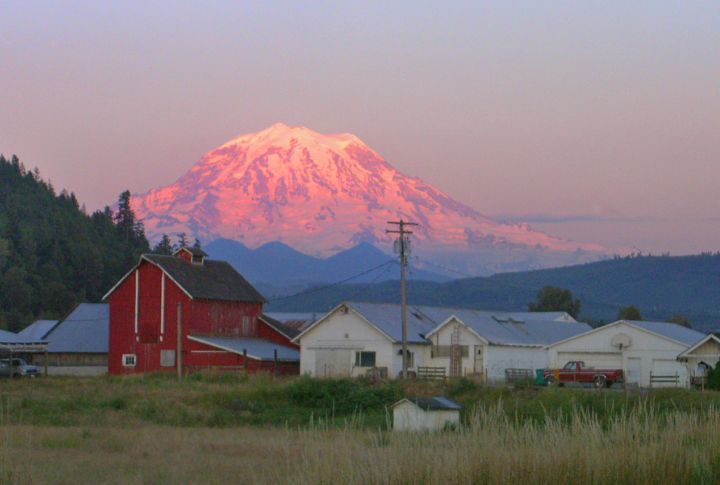
Modern Orting, Washington, sits directly atop a 500-year-old mudflow. As a result, homes and streets rest on layers of ancient lahar deposits, with some basements dug straight into volcanic sediment. In fact, ground-penetrating radar often reveals what lies beneath. Because of this, Orting is recognized as one of the most lahar-prone towns in the United States.
It Traveled Over 30 Miles Down The Puyallup Valley
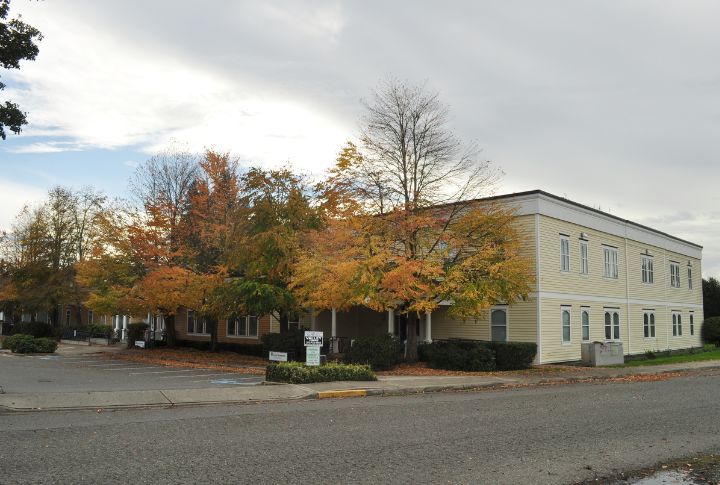
The lahar traveled more than 30 miles down the Puyallup Valley, showing nature’s power can reach far beyond expectations. It swept across over 50 kilometers, uprooting trees, tossing massive rocks, and reshaping the terrain. Today, towns built along its path stand as reminders that new communities can rise from devastation.
It Didn’t Involve Lava Or Ash, Just Mud And Ice
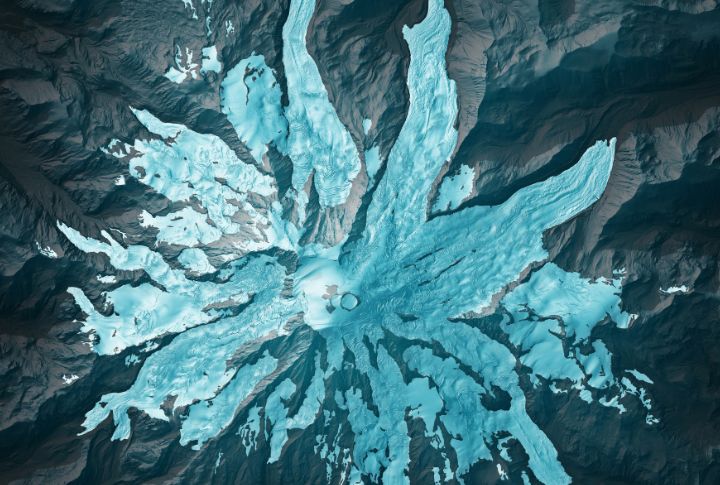
This disaster didn’t involve lava, ash clouds, or an eruption. Instead, Mount Rainier’s collapse sent rock, ice, and water rushing downhill as a fast-moving flow called a lahar. Unlike typical volcanic eruptions, the mud-and-debris flow caused the destruction. In fact, lahars are frequently more deadly than eruptions themselves.
The Name “Electron” Came Centuries After The Disaster
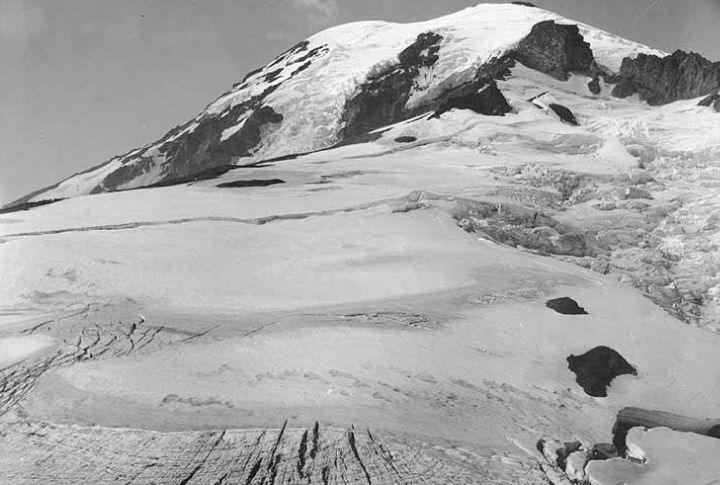
Here’s the twist: “Electron” has nothing to do with the volcano itself. The name came from a hydroelectric project built in the 1900s. During construction, crews also uncovered massive lahar deposits. That discovery helped scientists realize just how far the mud had traveled. The name stuck, even though it came centuries too late.
It Left Mud Deposits Over 25 Feet Deep

In some places, the Electron Mudflow left deposits over 30 meters deep, containing tree trunks, boulders, and large soil chunks. Furthermore, riverbanks reveal clear cross-sections showing the event’s full impact. Over time, the material hardened, forming a geological record used to study past and predict future lahar flows in the region.
It’s One Of The Largest Mudflows In Mount Rainier’s History
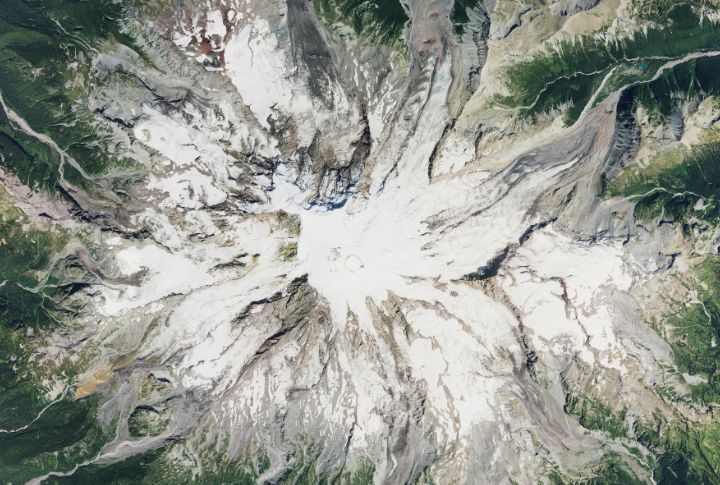
The Electron Mudflow quietly reshaped Mount Rainier’s surroundings without a fiery eruption. As one of the largest lahars since U.S. settlement, its impact still influences how communities prepare for disaster. This ancient event also shows that even silent forces from the past can teach powerful lessons for building safer futures.
It Took Less Than An Hour To Hit The Lowlands
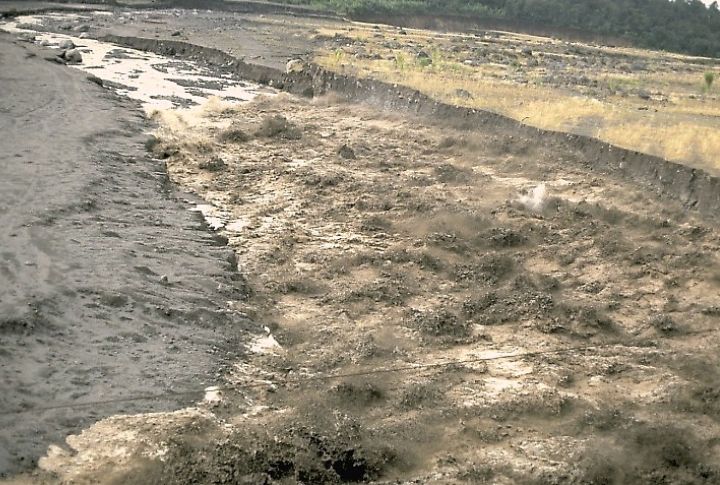
Racing through the Puyallup drainage, the Electron lahar reached the lowlands in under an hour, showing how sudden and unpredictable nature can be. The lahar’s rapid and forceful movement reveals how quickly disaster can occur. Careful planning is essential not only for safety, but it also shows a commitment to protecting lives when every second counts.
It Completely Erased A Prehistoric Settlement
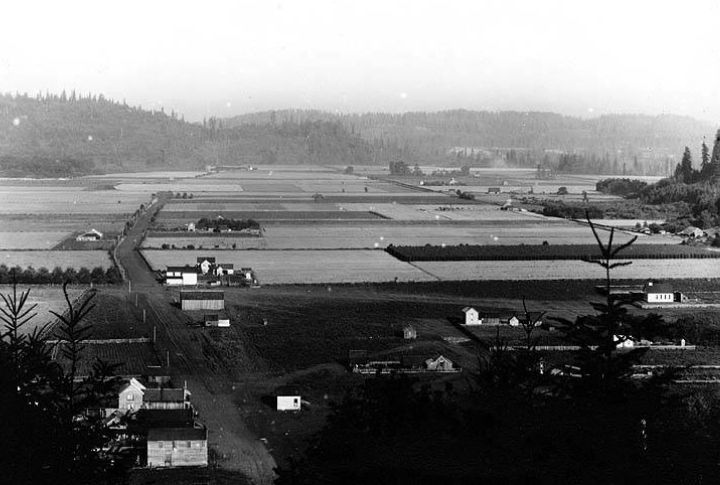
Long before the town of Orting existed, people lived in the area until the mudflow arrived. Archaeologists discovered soil layers revealing prehistoric life buried beneath volcanic debris. No ruins appear on the surface, but the ground holds the evidence. Some Native American stories may reflect this event, though no human remains have been uncovered.

